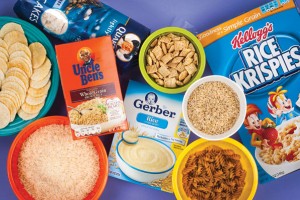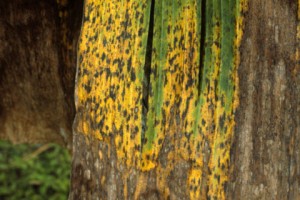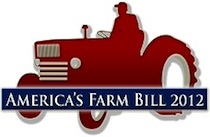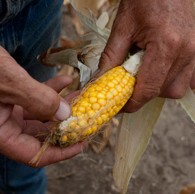 Turns out most rice we eat has dangerous levels of arsenic. This is particularly true in baby and infant food. Arsenic is a Category One carcinogen specializing in lung, skin, and bladder cancer. Oh, happy day. The gist: eat less rice, no more than half-a-cup per day.
Turns out most rice we eat has dangerous levels of arsenic. This is particularly true in baby and infant food. Arsenic is a Category One carcinogen specializing in lung, skin, and bladder cancer. Oh, happy day. The gist: eat less rice, no more than half-a-cup per day.
A while back Consumer Reports ran a study that turned up serious levels of arsenic in many brands of apple and grape juices. This prompted them to do another round of tests on rice, particularly susceptible to arsenic because it’s a water plant. What CR found was that pretty much each of the 65 rice products they tested with 223 samples—brown or white, organic or synthetically-altered, adult cereal or infant cereal—were tainted far above EPA standards.
The EPA does not regular arsenic in food. It does so in water, though, choosing 10 parts per billion of inorganic arsenic as the threshold of acceptability. This level was negotiated by the USA Rice Federation and chemical companies up from the 5 ppb threshold favored by scientists, and negotiation of thresholds for naturally-occurring arsenic are still being negotiated. The cost to the rice and chemical industries of working that negotiation are far less than the cost of making their products safer, you can be sure. Rice is a $34 billion-a-year enterprise.
Once CR released its study, the FDA, who has been studying arsenic in rice for decades, released its findings thus far. The results are more-or-less the same. Continue reading



